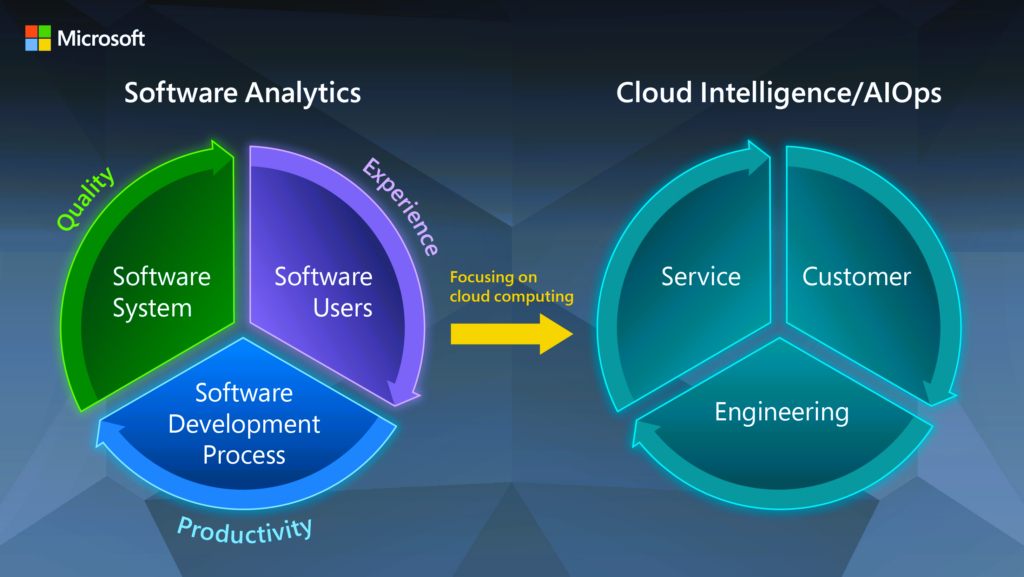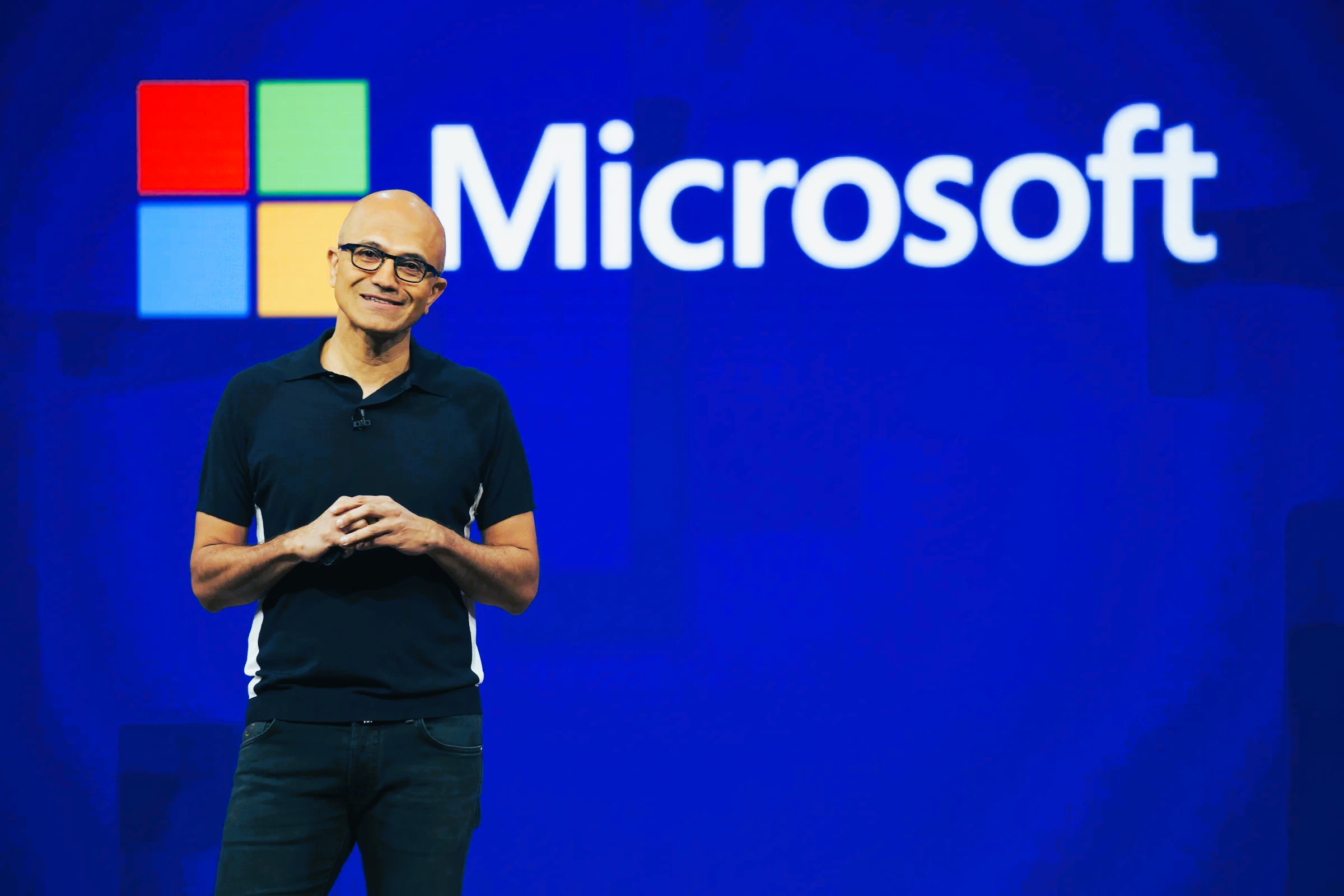In the ever-evolving landscape of technology, Microsoft stands at the forefront, poised to unveil a series of revolutionary innovations that promise to redefine the digital experience for users around the globe. From advancements in operating systems to breakthroughs in cloud computing and immersive technologies, Microsoft’s ambitious endeavors signal a quantum leap that transcends conventional boundaries. In this article, we delve into the upcoming innovations poised to reshape the tech landscape and explore how Microsoft is positioning itself as a trailblazer in the pursuit of cutting-edge solutions.
Windows 11: A Paradigm Shift in Operating Systems
At the heart of Microsoft’s upcoming innovations is Windows 11, the next iteration of its iconic operating system. Windows 11 represents a paradigm shift, introducing a sleek and modern user interface coupled with enhanced productivity features. From the redesigned Start Menu to the integration of Microsoft Teams directly into the taskbar, Windows 11 aims to elevate the user experience to new heights.
1. Redesigned Start Menu:
Windows 11 introduces a centered Start Menu, departing from the familiar left-aligned design of its predecessors. This aesthetic refinement is accompanied by a focus on simplicity and user customization, allowing individuals to tailor their desktop environment according to their preferences.
2. Snap Layouts and Snap Groups:

Productivity receives a boost with the introduction of Snap Layouts and Snap Groups, features designed to streamline multitasking. Users can effortlessly organize and manage open windows, enhancing efficiency and workflow management.
3. Direct Integration of Microsoft Teams:
Recognizing the growing importance of virtual collaboration, Windows 11 integrates Microsoft Teams directly into the taskbar. This seamless integration facilitates instant communication and collaboration, making virtual meetings and discussions more accessible than ever.
Cloud Computing Advancements: Azure Innovations
Microsoft’s commitment to cloud computing takes center stage with a series of innovations within its Azure ecosystem. Azure, the cloud platform powering a myriad of services, undergoes enhancements that extend the capabilities of businesses and developers, fostering a new era of digital transformation.
1. Azure Arc:
Azure Arc extends cloud computing to on-premises environments, enabling a consistent and unified management experience. This innovation empowers organizations to seamlessly bridge the gap between their on-premises infrastructure and the cloud, fostering flexibility and scalability.
2. Azure Percept:
Microsoft’s foray into edge computing sees fruition with Azure Percept. This platform combines hardware and services to facilitate the implementation of AI at the edge, opening avenues for real-time data processing and decision-making in IoT (Internet of Things) scenarios. Studying the advantages and disadvantages of choosing a frameless monitor, read more here.
3. Quantum Computing:
Microsoft’s venture into quantum computing represents a quantum leap in itself. With Azure Quantum, developers gain access to quantum hardware and resources, paving the way for the exploration of quantum algorithms and applications. Quantum computing holds the potential to revolutionize problem-solving in fields ranging from cryptography to optimization.
Immersive Technologies: HoloLens and Beyond
Immersive technologies take center stage in Microsoft’s innovation roadmap, with a particular focus on augmented reality (AR) and mixed reality experiences. The HoloLens series, Microsoft’s AR headset, evolves to deliver more immersive and interactive encounters, blurring the lines between the physical and digital realms.
1. HoloLens 3:
The anticipated HoloLens 3 is poised to set new benchmarks in augmented reality. With advancements in display technology, spatial mapping, and gesture recognition, HoloLens 3 promises to deliver richer and more lifelike AR experiences.
2. Mesh Platform:
Microsoft’s Mesh platform amplifies the potential of collaborative virtual experiences. Mesh facilitates shared virtual spaces where users, regardless of physical location, can interact, collaborate, and engage in a collective digital environment.
Platforms for Staying Informed:

To stay abreast of Microsoft’s revolutionary innovations and the latest trends in technology, platforms like GameSpot serve as valuable resources. While these platforms are known for their gaming and entertainment coverage, they often feature insightful articles and discussions on the broader tech landscape.
Conclusion: Microsoft’s Quantum Leap into the Future
As Microsoft readies its revolutionary innovations for users, the tech community eagerly anticipates a future where operating systems, cloud computing, and immersive technologies converge to create a seamless and interconnected digital experience. Windows 11, Azure advancements, and immersive technologies like HoloLens exemplify Microsoft’s commitment to shaping the future of technology. The quantum computing frontier further underscores Microsoft’s ambition to tackle complex challenges with innovative solutions. The imminent wave of innovations not only signifies a quantum leap for Microsoft but also heralds a transformative era for users, where the boundaries between the physical and digital worlds blur, opening new possibilities for collaboration, productivity, and creativity. In embracing these innovations, users find themselves on the cusp of a digital renaissance, with Microsoft at the forefront of this transformative journey.


